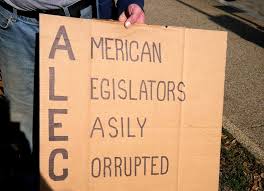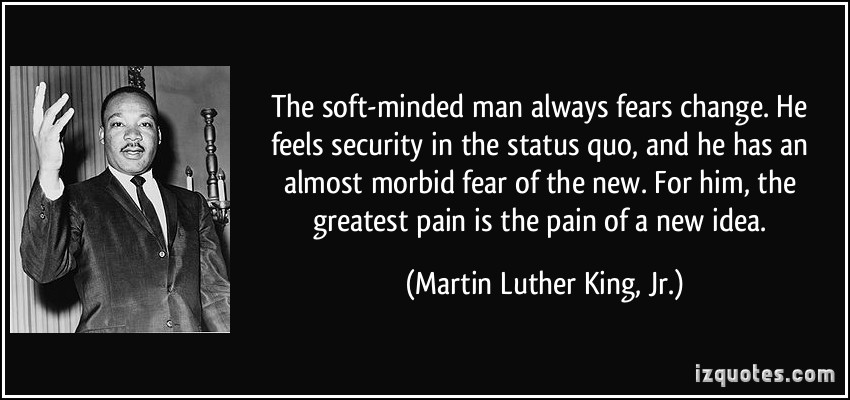Today is by no means the first time I’ve thought about our dropouts, but, I was visiting with one yesterday and wanted to write about her. She is a very warm and delightful person. She is knowledgeable and seemed to possess great insight as to what is important in educating children and the practical wisdom that only years of practice can provide.
I’m not talking about our school dropouts; I’m talking about the people who have dropped out of the education “reform” effort. This wonderful woman was a retired kindergarten teacher. And in her own words, “After 30 plus years, I dropped out.” The year was 2004, three years after No Child Left Behind hit, and she was tired of seeing how kids were being pushed to “perform,” tested, and given limited access to the arts and a wide variety of activities.
She also went on to describe what had been her usual end-of-the-year activity which sounded to be a rather elaborate production by the students for their parents that included songs, poems, and a variety of other presentations. She said there was always an overflow crowd. And she went on to describe all the “lessons” involved in the planning and execution of this creation. But back then, she didn’t have to test the kids to prove the value of these lessons.
Not everything can be fun and games. But shouldn’t we at least do our best to ensure our curriculum is balanced with enough engaging and stimulating activities to keep kids wanting more, at all ages?
With so many teachers only knowing how and what they were taught (through test prep curricula), I’m afraid we have had too many of our “old-fashioned” educators dropout and our self-correction will be hard going without them.
If only the drop-outs would come back….





